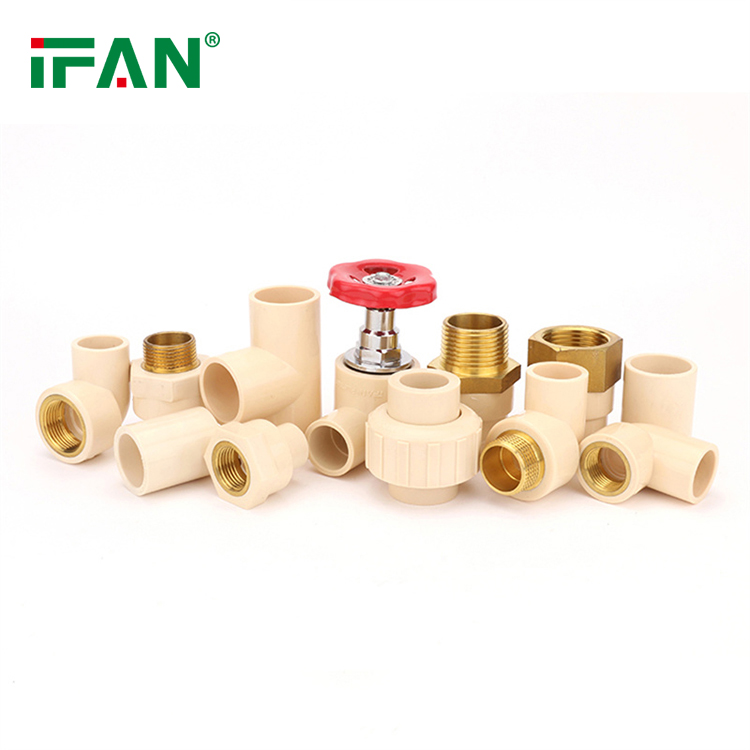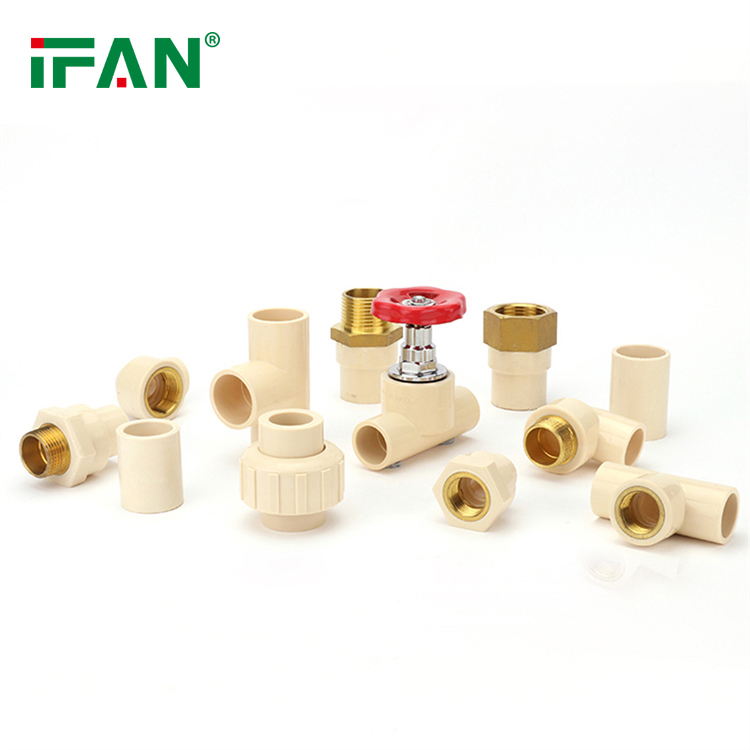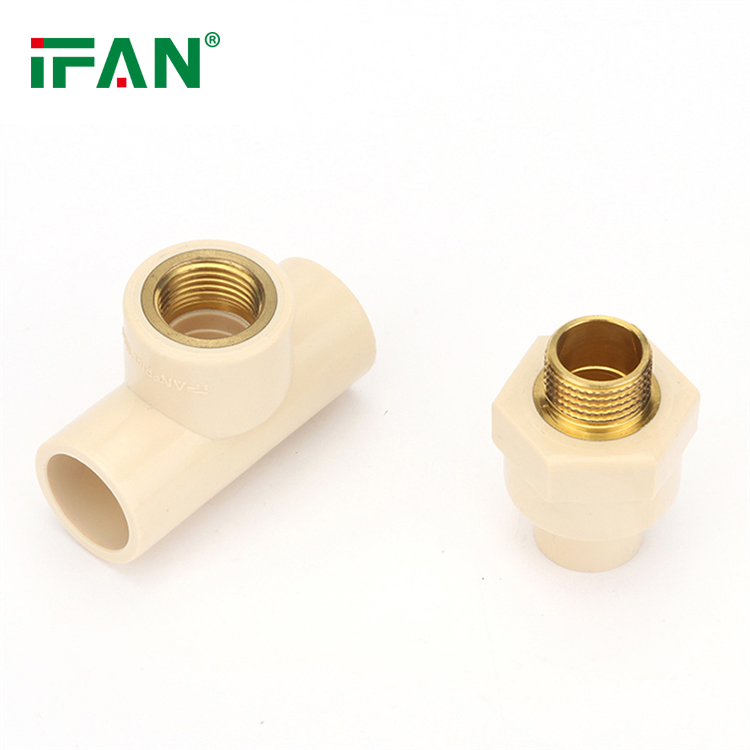Description
IFAN factory 30+ years manufacture experience support color /size customization support free sample.Welcome to consult for catalog and free samples.This is our Facebook Website:www.facebook.com,Click to watch IFAN’s product video.Compared with Tomex products, our IFAN products from quality to price are your best choice, welcome to buy!
Choosing the correct size of CPVC (Chlorinated Polyvinyl Chloride) fittings is crucial for ensuring efficient fluid flow and system integrity in plumbing, irrigation, and industrial applications. This guide outlines the steps and considerations involved in calculating the right size CPVC fittings for your specific system needs.
1. Understanding Flow Requirements
The first step in selecting the appropriate CPVC fitting size involves understanding the flow requirements of your system. Determine the type of fluid being transported (water, chemicals, etc.), the desired flow rate, and the pressure conditions. Flow rate is typically measured in gallons per minute (GPM) or liters per minute (LPM). Consulting with system specifications or using flow charts can help you establish the required flow rates for your application. Understanding these factors is essential for calculating the proper fitting size to maintain optimal performance.
2. Assessing Pipe Diameter
Once you have established the flow requirements, the next step is to assess the diameter of the pipes that will be connected to the CPVC fittings. Standard CPVC pipes come in various sizes, and the fitting diameter must match the pipe diameter for an effective connection. Measure the outside diameter (OD) of your pipes using a caliper or measuring tape. It’s critical to ensure that the fitting’s size corresponds to the pipe diameter to prevent leaks, reduce turbulence, and maintain consistent fluid flow.

3. Calculating Pressure Loss
Pressure loss is another crucial factor in determining the right fitting size. Every fitting introduces some level of resistance to flow, leading to pressure drops that can affect system performance. You can calculate pressure loss using the Darcy-Weisbach equation or refer to manufacturer specifications for typical pressure loss values associated with various fitting types and sizes. A qualified engineer or plumber can help with these calculations if necessary. Understanding pressure loss allows you to select fittings that minimize flow restriction while meeting your system’s pressure requirements.
4. Considering Fitting Types and Configurations
Different types of CPVC fittings are available, including elbows, tees, reducers, and couplings. Each type has specific applications, and their configurations can influence flow dynamics. For instance, a 90-degree elbow fitting can create more turbulence and pressure loss compared to a straight coupling. When calculating the appropriate size, consider not only the dimensions but also the type of fitting needed. Ensure that the fitting configuration aligns with your system’s layout and flow direction requirements.

5. Utilizing Manufacturer Guidelines and Tools
Finally, take advantage of manufacturer guidelines and tools designed to assist with sizing CPVC fittings. Many manufacturers provide sizing charts and calculators that can simplify the process. These resources often consider factors such as flow rates, pipe sizes, and fitting types, resulting in more accurate recommendations. Additionally, consulting with a professional plumber or engineer can provide valuable insights tailored to your specific system needs, ensuring that you select the most suitable fitting size for optimal performance.
Conclusion
Calculating the right size CPVC fittings for your system requires a thorough understanding of flow requirements, pipe diameters, pressure loss, fitting types, and manufacturer resources. By carefully assessing each of these factors, you can make informed decisions that enhance the efficiency and reliability of your plumbing or industrial systems. Properly sized fittings ensure smooth fluid flow, reduce the risk of leaks, and contribute to the overall longevity of your piping system. Taking the time to accurately calculate and select the right fittings will result in a more effective and durable installation.
Related products
-
CPVC ASTM2846
What does compression size mean?












